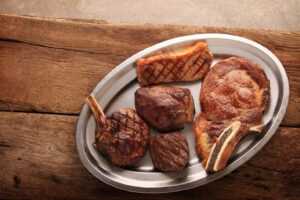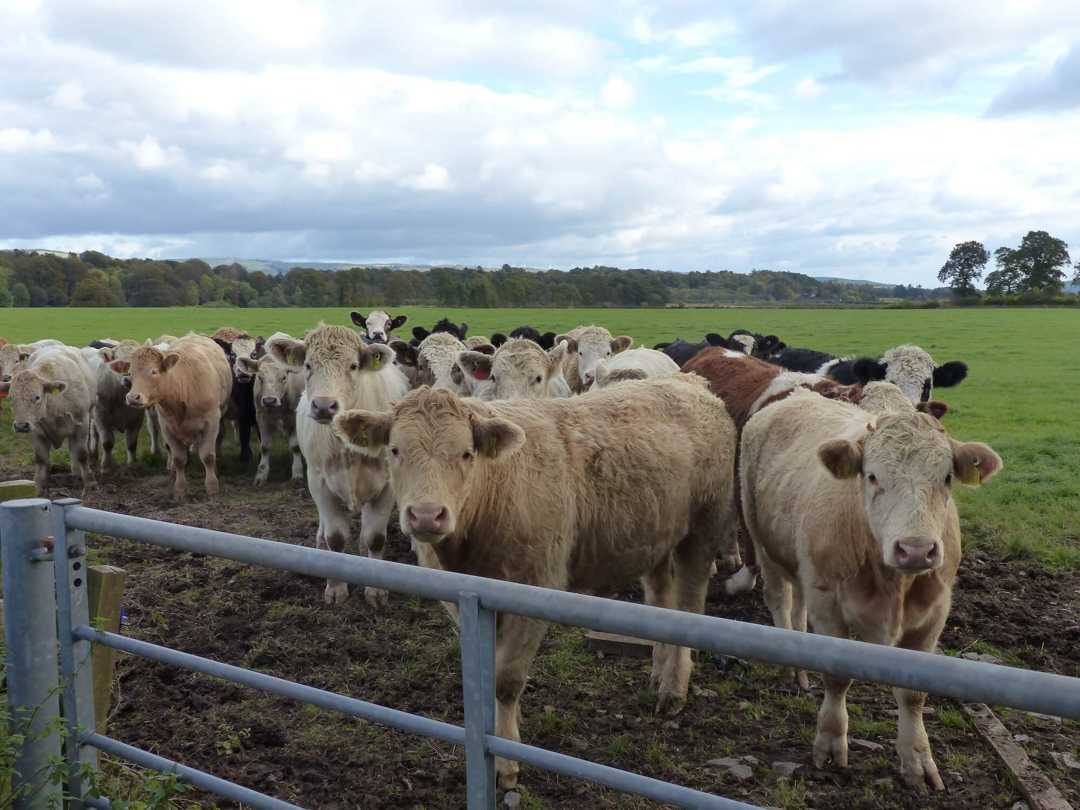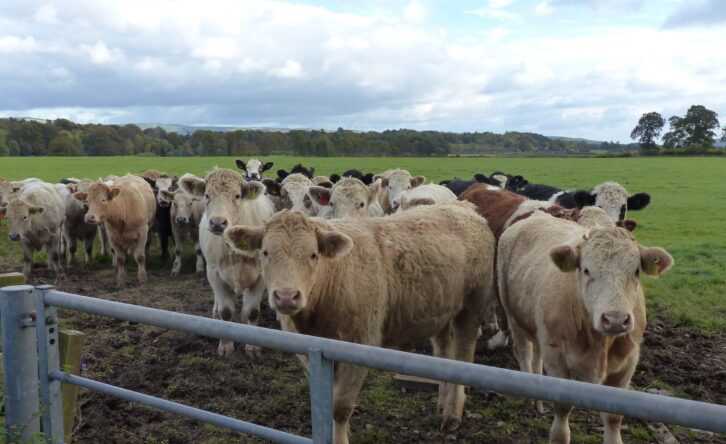 Six ways to control costs and keep meat on your menu.
Six ways to control costs and keep meat on your menu.
Even at the best of times, every chef wants to get the best possible value for money from their food budget. Currently, with inflation on the increase and consumer spending power and confidence likely to be under pressure for some time, we know it’s more important than ever for restaurants to both control costs and keep menu prices competitive.
For most operators, meat represents a significant proportion of food spend, so it’s also an area where managing costs can make a big difference. Meat helps give a menu broad appeal. Although more consumers are cutting back on meat, for those that still include it in their diet, the appeal of a Sunday roast at the pub, a gourmet burger or slow roast BBQ pulled pork can be a big influence on where, and how often, they eat out.
Managing costs may mean using less-familiar cuts, and making the most of opportunities to use the whole animal, or it may mean ensuring that every penny invested in serving premium cuts adds value for customers and minimises waste.
Specifying exactly what product you want is key to this. At Campbell Brothers, we’re staffed by skilled and experienced butchers, but sadly mind-reading isn’t part of our core skill set! Ways to help us to help you include:
- Be clear: Specify the size, weight and cut you want to serve, if you know it. If you’re not sure, be ready to explain the dish and how you want to present it, so our team can help advise.
- Be open to change: With steaks, for example, sirloin, rump and ribeye are the most popular cuts, but there may be other cuts available. Asking us “what’s good value this week?” can help unlock more choice and help you achieve a better GP.
- Understand the yield: Meat shrinks as it cooks, and as a rule, the longer you cook it, the more it shrinks. So, a 250g steak may lose around 20% of its weight, and a slow-cooked joint around 40%. Make it clear on your menu that you’re referring to uncooked weights. When you place your meat order consider ordering by individual portions rather than by overall weight – for example, ask for 20 standard trim sirloin steaks, each 250g in weight.
- Hang about: Hanging meat, particularly beef, makes it more tender, but it also means more wastage when the beef is trimmed. The longer the beef is aged, the more expensive it will be. Remember also that you can’t beat the clock. If you want 28-day aged beef you need to allow this time and give us, 28 days notice so the ageing process can begin.
- High season: Some meat is particularly in demand at certain times, and high demand affects prices. Lamb at Easter and turkey at Christmas are obvious examples. Varying the menu to offer something different can appeal to customers looking for choice as well as delivering value. This is where it is also worth contacting us to discuss which products are more readily available and affordable so that you can plan menus accordingly.
- Nose to tail: Using the whole animal helps us manage costs as well as support sustainability efforts. Pies, pastries, burgers, casseroles and curries can all make use of the trim and offcuts from prime cuts of meat, and are popular choices with customers.
Working with a specialist catering butcher can make a big difference to the yield, and therefore the profit, an operator can expect. As traditional Scottish butchers, we offer a full range of quality, freshly prepared meat, cut to your specification by our team of skilled and experienced butchers.
We also offer wholesale beef – diced and minced, catering packs of sausages, burgers and other products to suit all menus and catering requirements. Our sausages and burgers are made in-house and we are happy to bespoke a range for our individual customers.
For more ideas to help chefs make the most of serving fresh, seasonal produce please please get in touch with us!




